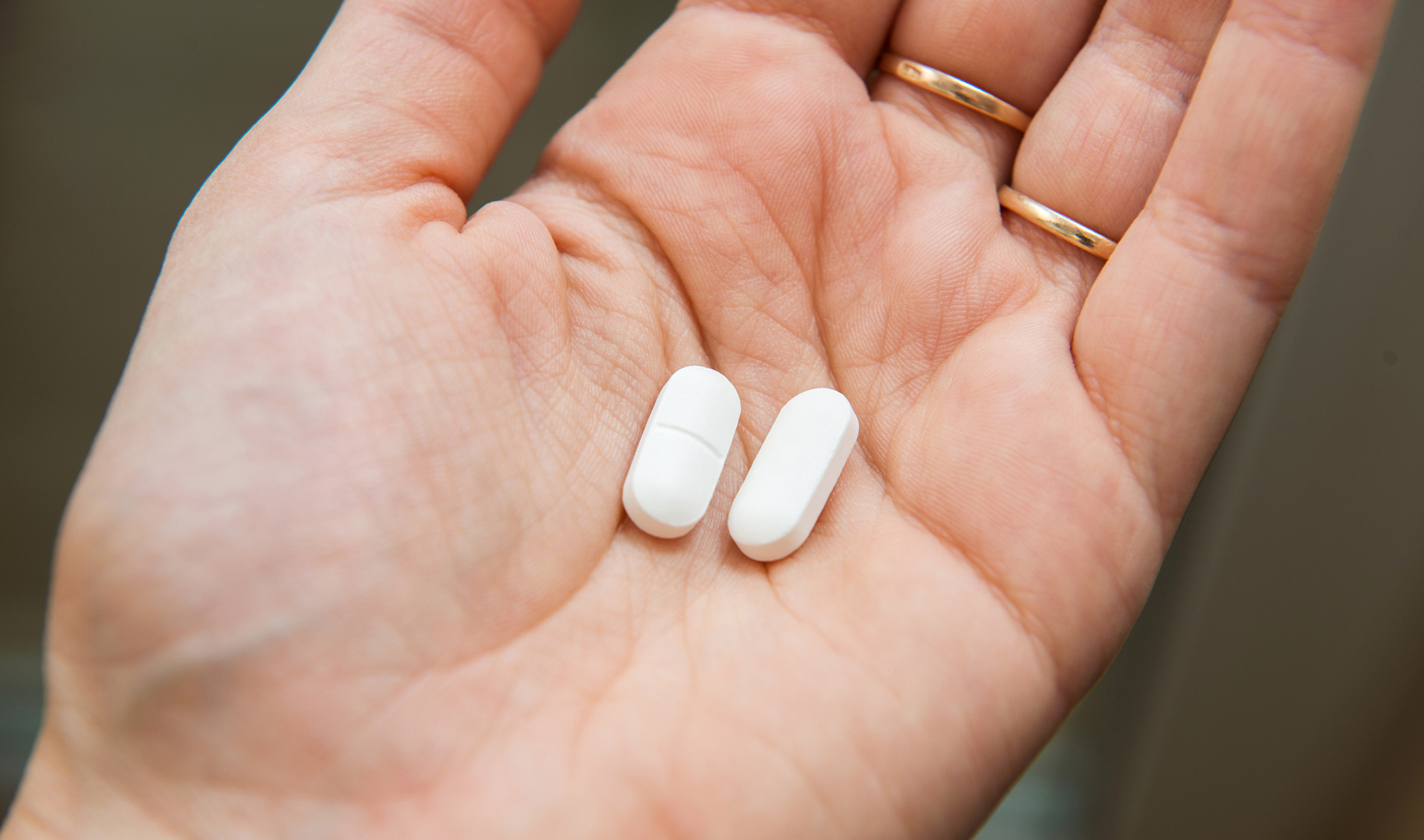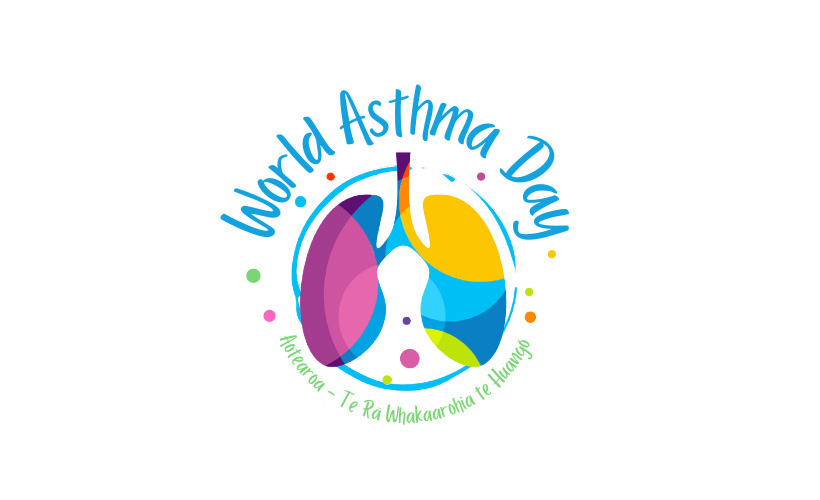In my last blog I wrote about important points when using paracetamol to treat pain and/or fever in children – specifically knowing the correct dose and how much to give a child in a 24 hour period. Not surprisingly there are similar issues to be aware of with paracetamol for adults too.
Firstly some facts about paracetamol:
- It is commonly referred to as a simple analgesic (pain relieving medicine).
- It is effective at relieving pain and reducing fever.
- It has very few side effects so is well tolerated by most people – making it the first choice medicine for mild to moderate pain.
The issues that people need to be aware of with paracetamol are around the variety of brands and product forms available that mean it can be relatively easy to double dose or over-dose on paracetamol. Let me explain this a bit!
Paracetamol is the generic name of the medicine. In New Zealand there are several different brands of paracetamol available for consumers to buy as well as the brand that is provided when paracetamol is prescribed on prescription.
The variety of brands and the desire for there to be a product to suit everyone means that paracetamol comes as tablets, capsules, mini caps, caplets, gel caps, soluble (tablets that dissolve) plus preparations that have additional technology said to enhance their effectiveness. Most of these preparations have 500mg paracetamol in each tablet or other dose form. The recommended maximum daily dose for adults and children over 12 years of age is 1 to 2 tablets every 4 to 6 hours up to a maximum of 4g (8 x 500mg tablets) in 24 hours.
Some higher strength paracetamol tablets are available and typically these are slow release preparations. Slow release means that the active ingredient i.e. paracetamol, is released from the tablet slowly over a period of time. This contrasts with standard tablets or capsules being immediate release where all the paracetamol is available for absorption into the body straight after you take a tablet. While the slow release preparations look to be stronger, in reality they are designed to be effective for longer periods and so can be taken less often – typically only 3 times in 24 hours. Taken this way, the same maximum dose of paracetamol per day is achieved.
To complicate the picture even more, paracetamol also comes in combination with other products. Examples are with decongestants for relief of cold & flu or sinus or with other pain relieving medicines for strong pain relief. And as well as tablets or capsules, paracetamol can be included with other ingredients as a drink for cold & flu relief. The list of possible combinations is too many to name them all here!
This complicated variety of paracetamol-containing preparations means that it’s very important to check the ingredients of any medicines you take to make sure you aren’t double dosing or over-dosing. As this can be a complex situation, rather than guessing, my advice always is to ask your pharmacist for advice.
What’s the issue with taking too much paracetamol? Overdosing damages your liver and may ultimately cause liver failure. And it happens more often than it should – paracetamol is the leading pharmaceutical agent responsible for calls to poisons information centres in Australia and New Zealand. Paracetamol is also the single most commonly taken drug in overdoses that lead to hospital admissions.
As New Zealand Poisons Centre medical toxicologist John Fountain told Nine To Noon in 2015, because paracetamol is so easily available many people assume it is safer than other medicines. “People have this belief that if this is good for you, then more of it must be better, but that’s not true – it can be quite harmful. An overdose with any medicine, including paracetamol, is dangerous.”
Paracetamol poisoning can occur when a large amount is taken in one dose or when too much of the medicine is taken consistently over several days for chronic pain. Symptoms can be as mild as nausea and vomiting, which most victims usually recover quickly from, but it can also affect the liver. Ultimately this may mean a liver transplant is necessary to prevent death. Anyone with concerns over any possible poisoning cases should contact the Poisoning Hotline on 0800 POISON (0800 764 766).
Taken correctly and wisely, for most people, paracetamol remains an effective, well-tolerated medicine to relieve pain.
Written by: Jenny Cade
This blog provides general information and discussion about medicine, health and related subjects. The information contained in the blog and in any linked materials, are not intended nor implied to be a substitute for professional medical advice.
















Community